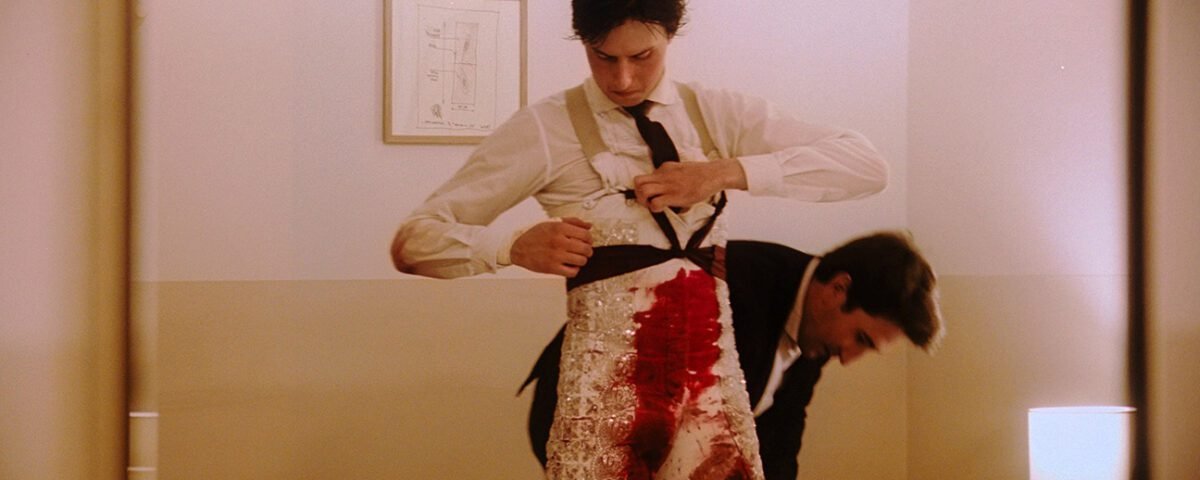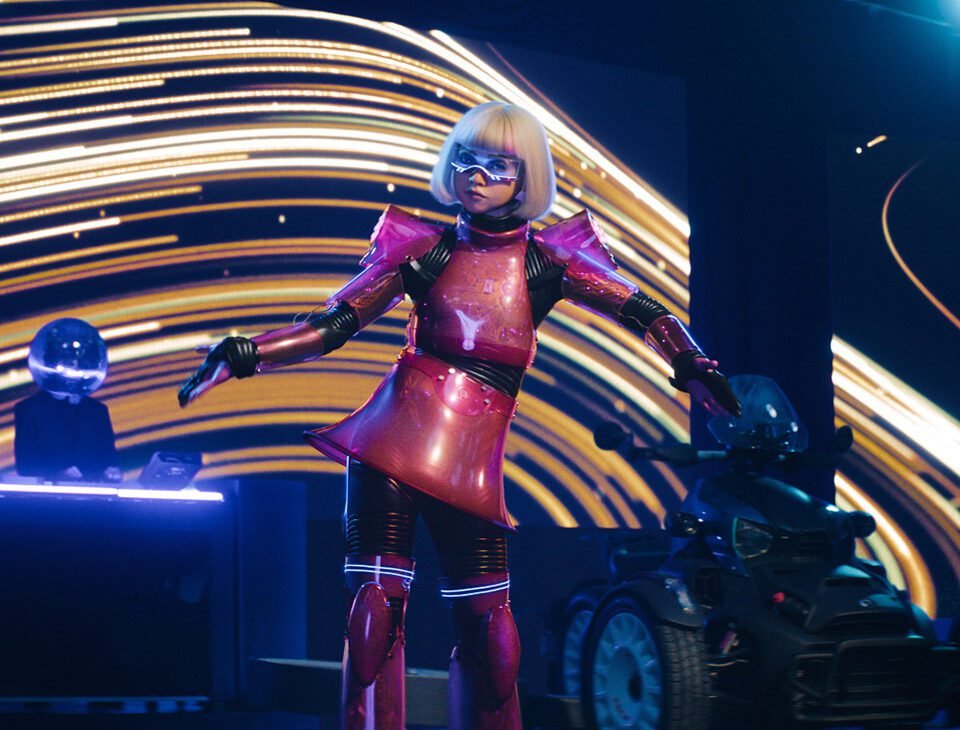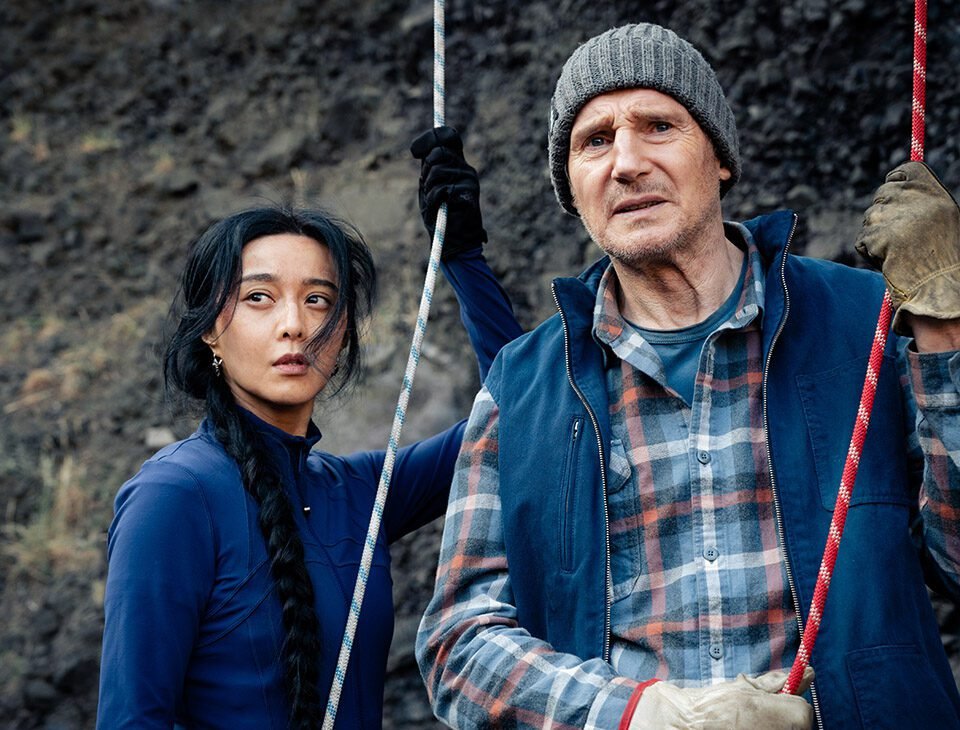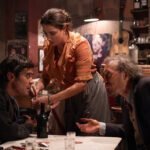


‘Modi, Three Days on the Wing of Madness’ Review: Johnny Depp’s Return to Directing Yields a Bland Biopic of a Tortured Artist
September 28, 2024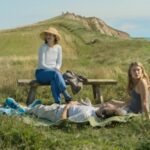


‘My Eternal Summer’ Review: A Danish Tearjerker Brought to Life in Poignant, Unsentimental Detail
October 1, 2024The Catalan director trains an intimate gaze on star torero Andrés Roca Rey, in and out of the bullring, in this unflinching study of a controversial Spanish tradition.
Afternoons of Solitude
A work of barbaric beauty.
The poetic title, Afternoons of Solitude (Tardes de Soledad), might evoke tranquility and relaxation, maybe a few lazy hours in a hammock with a book. But don’t be deceived. Albert Serra’s transfixing portrait of 27-year-old Peruvian bullfighter Andrés Roca Rey, and of the hotly contentious Spanish tradition in which he has emerged as a star, never downplays the visceral brutality of what’s essentially blood sport as performance art. Anyone with a low threshold for cruelty to animals will find this a harrowing watch, but for those with the stomach for it, the doc is a unique study of discipline, bravado, laser focus and showmanship.
Working again with cinematographer Artur Tort, Serra creates an immersive experience that effectively draws us in close to the stacked face-off between man and beast while casually considering — strictly through observation — the psyche of a taciturn subject. The film instantly positions itself as one of the most unflinching depictions of bullfighting ever made, admittedly a limited canon.
Animal welfare protestors have brought declining popularity to the traditional Spanish-style bullfight, but it remains legal in most of the country, as well as Portugal, Southern France, Mexico and much of South America. Its defenders insist that the corrida is not a sport, but an ancient ceremony rooted in proud national heritage — more fiesta than bloodbath. Serra ostensibly takes no position on the controversial nature of his subject, but the sharp detail of Tort’s images, with their blazing colors and graphic violence, seems destined to stir ongoing arguments.
The movie opens in what appears to be an arena holding pen with a tight shot of a bull, a magnificent creature with a gleaming black coat. Pacing in a state of agitation, its flanks heave with every breath and its mouth drips with saliva. As is perhaps suggested by the darkening mood of Marc Verdaguer and Ferran Font’s score, this is the only time in Afternoons of Solitude when we see one of the animals not charging at a matador in the ring or being lanced, speared with barbed darts called banderillas and ultimately felled by a sword embedded deep between its shoulder blades.
In one of the traveling sequences that regularly punctuate the doc, Roca Rey is introduced sweating profusely in a car on his way to an event in dazzling matador regalia. He remains mostly silent as his entourage, known as a cuadrilla, showers him with praise and encouragement. The amount of time these guys spend marveling at his gigantic set of balls indicates how intertwined bullfighting is with swaggering machismo.
Serra also shows us the elaborate process of getting into traditional attire, known as traje de luces, or suit of lights, for its sequins, jewels and threads of gold and silver. I’ll confess that seeing Roca Rey squeeze himself into sheer stockings pulled all the way up to his chest, and then being assisted by a dresser to yank the decorative pants called taleguilla as high and tight as corsetry, all I could think was, “What if he gets anxious and needs to pee before entering the ring?”
It’s tough to watch a bull, riled up by banderilleros waving their cloaks, ram the armored sides of a horse carrying a lance-wielding picador, or the reddest of red blood spreading down the animal’s coat as the pronged darts are embedded like flags in its neck and shoulders. Even tougher is watching Roca Rey execute the final deadly thrust of his sword after further tiring the wounded bull with repeated runs at his cape.
But there’s a mesmerizing grace to the savage spectacle that can’t be denied, particularly in the way that the animals’ movements are echoed by those of the matador. He’s alternately balletic and feral, often snorting as much as the bull.

